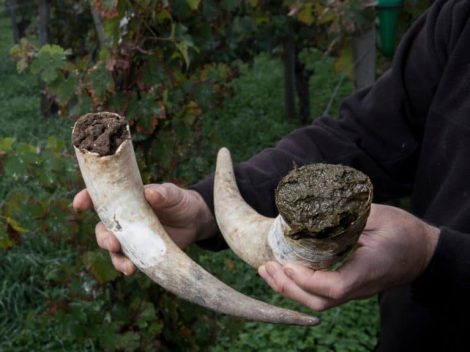There is a unique case in the world of Italian wine. It's the result of an innovative production idea, cunning import talent, perseverance and a smidgen of luck.
Pinot Grigio by Santa Margherita
We're talking about Pinot Grigio Santa Margherita which in these days celebrates 60 years since its first release on the market. At the base we find the will power of Count Gaetano Marzotto who in the mid-1930s, thanks to a bet won with the Stucky family, received 1,000 hectares of land in the current Portogruaro and Villanova area in the province of Venice. At the time, these eastern Veneto swamps were populated by muskrats and mosquitoes. In a few years they were transformed into an avant-garde agricultural and textile centre, between enlightened social experiments and diversification. Count Marzotto had a real passion for food and wine, he dreamed of a different white wine, and in the 1950s he began to think of something new. The first Pinot Grigio produced was made only with grapes from Alto Adige (just like the Impronta del Fondatore label today), and then gradually descended along the Adige valley; today, with the split of the two provinces, the grapes come partly from Trentino and partly from Alto Adige. That area was chosen because it seeks ferocious temperature ranges for an intensely marked aromatic profile.
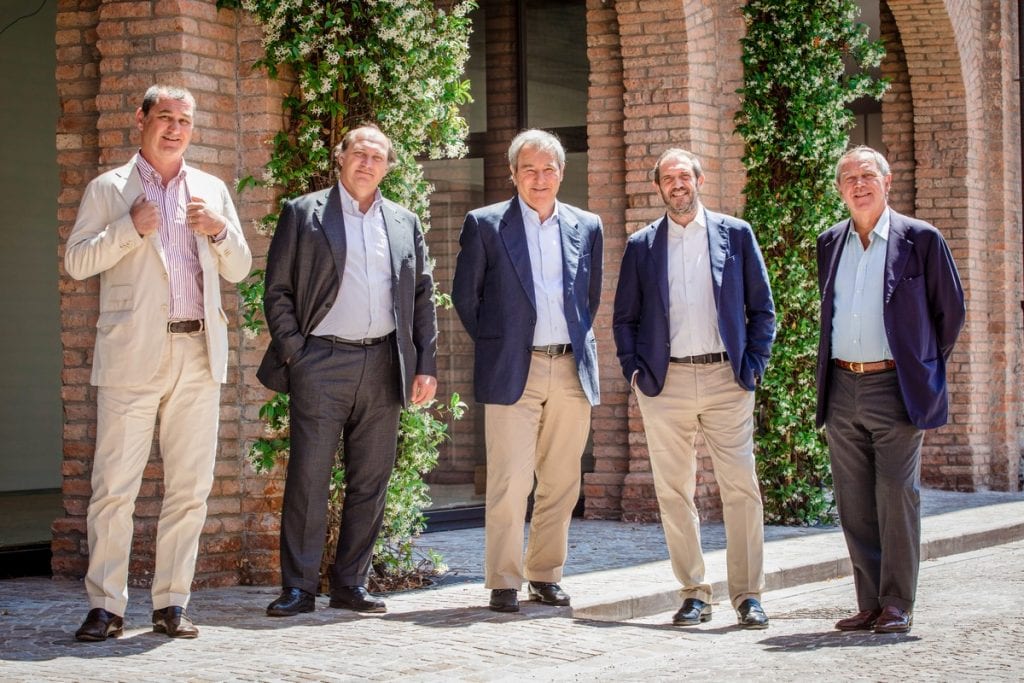
The baptism happened in 1961
The first vintage of production of Pinot Grigio is 1960, presented for the first time between March and April 1961. This was a turning point for the time: for the first time the Pinot Grigio grapes were vinified in white, leaving aside that coppery colour. From the first vintage the must doesn't remain in contact with the skins, which are immediately separated. The colour was brilliant, the aromatic and fruity intensity completely detached from what was the model of the whites of the time. The success on the Italian market was immediate and also unexpected in its proportions. These were the years of the Italian economic miracle, after a few months the Pinot Grigio Santa Margherita took off abroad, the first countries to welcome the bottles were Austria, Germany and Switzerland: this was only the beginning of its international vocation.
When a tasting changes the history of a wine
The turning point comes thanks to a successful and talented American wine importer: Anthony Terlato, who passed away last June. Attracted by the interest aroused by the wine, he went to Italy to find out more, reaching Portogruaro independently, and then meeting Count Marzotto. At the beginning of the 1970s, wine was a very small niche in the American market, the average consumer drank beer, at most Bourbon. But Terlato looked further and convinced the Count to register Pinot Grigio for a blind tasting in the United States. In 1979 Pinot Grigio Santa Margherita was thus decreed as the best white wine in Italy. All distributors jumped on the label, sales exploded. At the same time, Italian dining in the United States found momentum and new strength, Pinot Grigio in the bottle became the symbol of wine made in Italy, slowly undermining the classic straw-lined Chianti flask of the time. The price positioning is high, premium segment, from the very beginning Pinot Grigio tore a price double compared to the average of wines imported at the time. Since the late 1970s it has been the best known Italian white wine in the United States.

Pinot Grigio today
Today Pinot Grigio Santa Margherita is exported to 95 countries, recently joined by India, Mexico and Brazil. Almost 10 million bottles are produced every year, about 70% or 6.6 million travel to the United States where the wine snatches an average retail price of 23 dollars: it is still the best-selling Italian white; while 500,000 bottles are consumed in Italy. For the production, Santa Margherita uses a peculiar model, like a social winery but with some differences, starting from the 135 hectares owned and a trusted supply chain with 60 farmers bound by a long-term contractual relationship and an ad hoc production protocol. From a technical point of view, little or nothing has changed, with the usual vinification in steel vats and no contact with oak. Like Prosecco, Pinot Grigio today is leading the way for Italian wine in many emerging markets. Every year it's deemed lost, out of fashion, and yet every year it sets a new sales record thanks to its versatile character. In 2020, sales achieved a whopping +35% in the United States. At a time of great uncertainty, American consumers don't want to take risks and have been holding onto a guarantee label for 40 years as a safe haven asset.

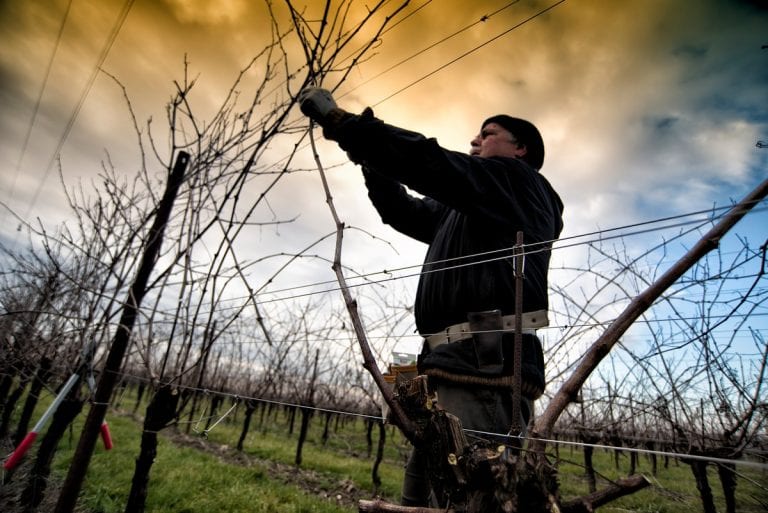
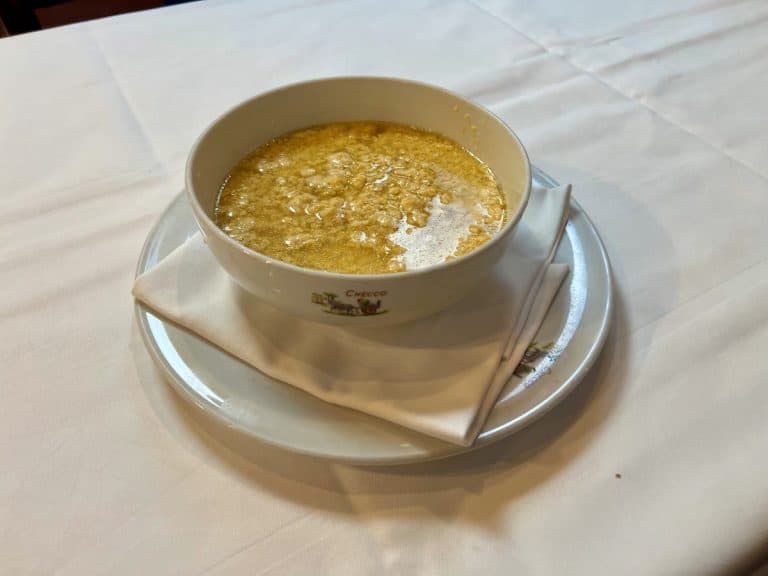 God Bless those who don’t forego Stracciatella on the evening of December 25th. Here’s the recipe from a renowned Roman trattoria
God Bless those who don’t forego Stracciatella on the evening of December 25th. Here’s the recipe from a renowned Roman trattoria Hidden in an old district of Perugia lies one of Italy's cosiest wine bars
Hidden in an old district of Perugia lies one of Italy's cosiest wine bars Christmas Eve dinner and Christmas Day lunch: festive traditions rooted in Solstice feasts
Christmas Eve dinner and Christmas Day lunch: festive traditions rooted in Solstice feasts George Washington had his secret recipe: here’s how Eggnog made a comeback in Europe
George Washington had his secret recipe: here’s how Eggnog made a comeback in Europe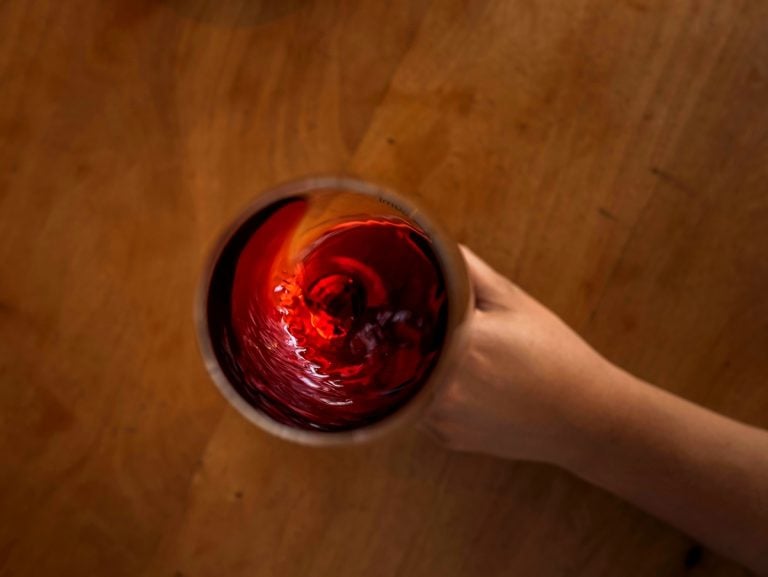 Historical breakthrough: Italy will also produce dealcoholised wines. Lollobrigida signs the decree
Historical breakthrough: Italy will also produce dealcoholised wines. Lollobrigida signs the decree




